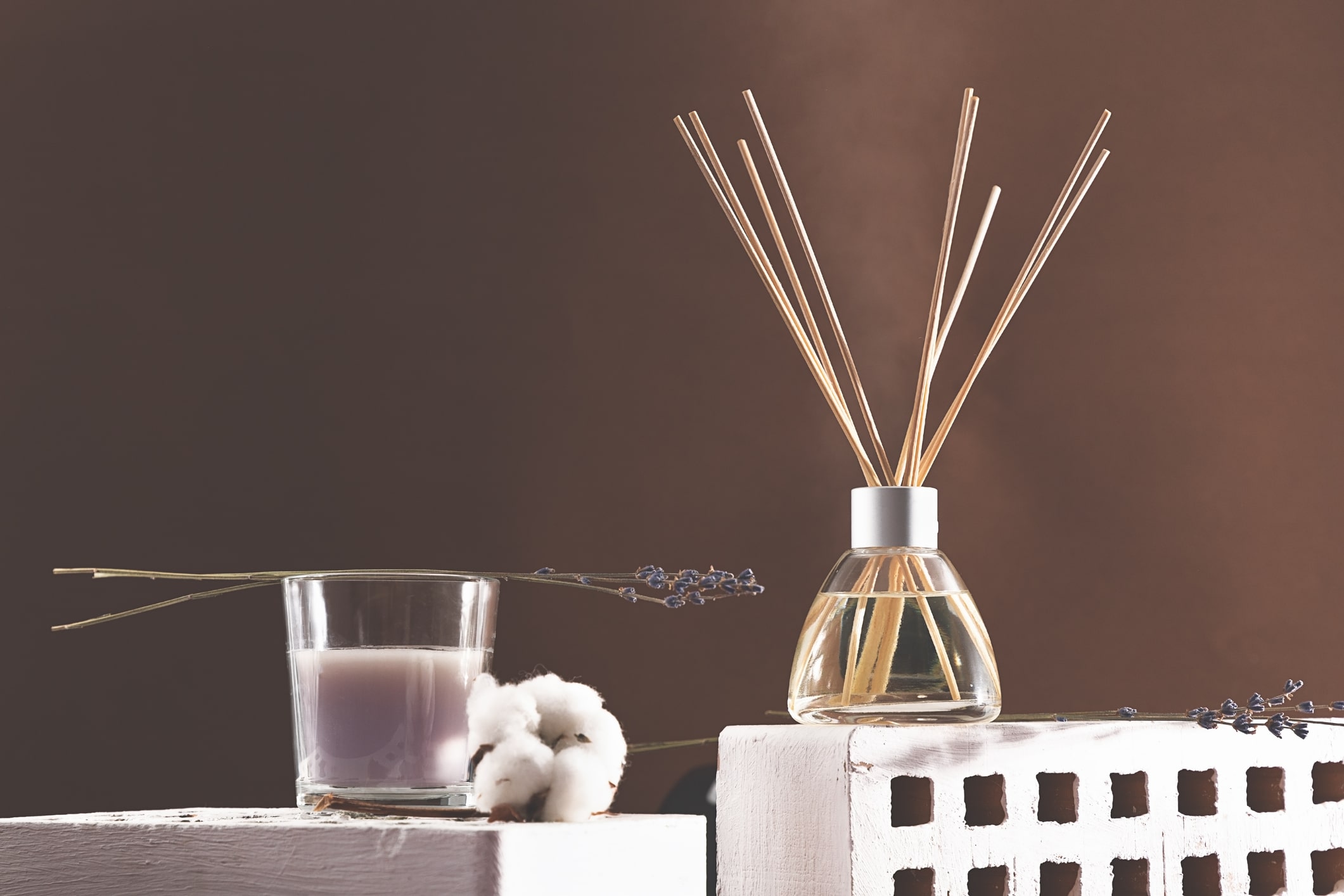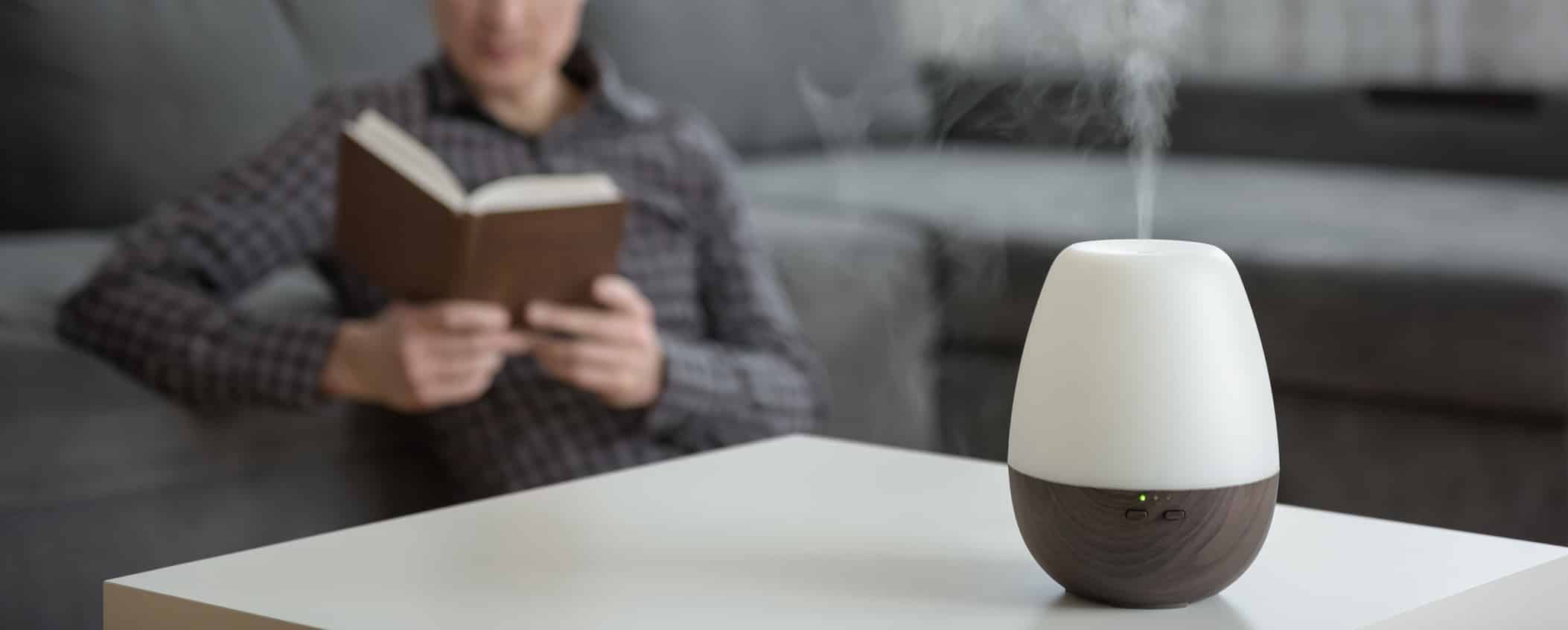
Home fragrances and market entry requirements in the EU
Candles and non-combustible air fresheners, which provide room fragrances, are commonly found in our daily lives. Whether at home, in the bathroom, in our cars, or at the office, the practice of enjoying pleasant odours has become a habit. These products are subject to specific categorization under EU regulations, aligning with efforts to ensure the safety and quality of consumer goods.

Non-combustible room fragrances: Candles and air fresheners
Nonetheless, this habit can pose health and environmental risks due to exposure to Volatile Organic Compounds (VOCs) and other hazardous substances. VOCs are regulated by law, particularly in indoor settings where their concentrations are highest. While most VOCs are not acutely toxic, they may have long-term chronic health effects. The quality of the air we breathe is crucial, especially within our homes. To ensure the safety of products on the market, it is important to meet compliance standards with the guidance of Taobé experts.

Navigating safety and labelling regulations for scented candles
1. Is your candle scented?
If the answer is yes, then you will likely need to adhere to the CLP Regulation 1272/2008 (Classification and Labelling of substances and mixtures) to ensure compliance with safety requirements for professionals. What does this entail?
- You need to obtain the most recent Safety Data Sheet and IFRA certificate from your fragrance supplier.
- You need to draft a Safety Data Sheet following the CLP Regulation 1272/2008 (Classification and Labelling of substances and mixtures) for your scented candle.
- You may need to display hazard symbols and phrases on your candle.
Our CLP expert can help you during each step of this process.
2. CONSUMER SAFETY
Beyond professional safety requirements, it’s essential to also address consumer safety within the framework of the General Product Safety Regulation. What does this entail?
You need to follow these standards related to the labelling and safety testing of your candles:
- EN 15494:2019 – Candles. Product Safety Labels
- EN 15493:2019 – Candles. Specification for Fire Safe Standard
- EN 15426:2018 – Candles. Specification for sooting behaviour
While these standards have previously been voluntary, it is strongly advised to begin adhering to them, as they will become obligatory under the General Product Safety Regulation (GPSR) starting from December 13, 2024 onwards:
For the purpose of this Regulation, a product shall be presumed to be in conformity with the general safety requirement laid down in Article 5 of this Regulation in the following cases:
(a) it conforms to relevant European standards or parts thereof as far as the risks and risk categories covered by those standards are concerned […]
3. Obtain a UFI number
The Unique Formula Identifier, commonly referred to as UFI, is a 16-character alphanumeric code that will need to be included on the product’s label. Each UFI should be associated with a single mixture composition, establishing a unique connection between the UFI displayed on the label and the composition declared in the dossier. This UFI number plays a crucial role in notifying your product through the Poison Center Notification portal for the markets in which your candles will be available for sale.
4. Have an Authorised Representative (Responsible Person) based in Europe
Starting from December 13, 2024, it will be mandatory to have an Authorised Representative in Europe for general use products. The Authorised Representative’s name, address, and contact details must be displayed on your product label.
Your importer can assume this role and will be responsible for maintaining the Technical File, which should contain all the test results and safety assessments related to your candle, at their address. Alternatively, you can formally designate a third party as your Authorised Representative through written authorization.
Taobé has already established a Responsible Person services agreement for cosmetic products and is now extending this service to cover general use products, ensuring compliance with the new General Product Safety Regulation.

Do these labelling and safety requirements also apply to air fresheners?
Air fresheners that do not involve combustion must also adhere to these obligations and comply with specific standards related to global emission limits for formaldehyde, benzene, and naphthalene. These products encompass a range of types, including aerosols, mini and pump sprays, liquid wicks, gels, potpourris, and car fresheners. To determine the precise requirements that apply to these particular products, we recommend consulting with us for accurate guidance and information.
LONDON
office
Octagon Point, 5 Cheapside
London EC2V 6AA, UK
BRUSSELS
office
47 Boulevard, Saint Michel
1040 Brussels, BE
Korea
office
